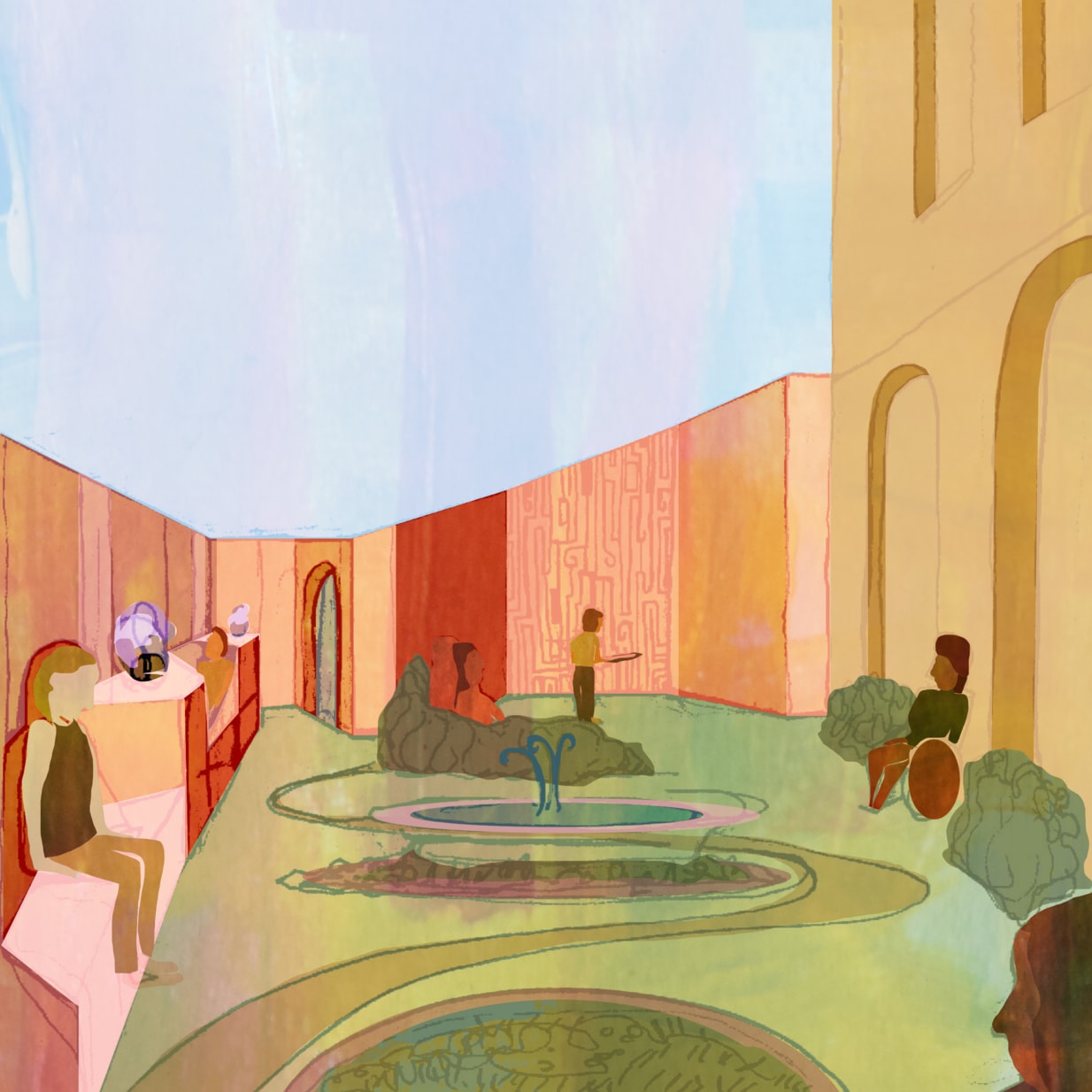Nadia is an architect-in-training and an artist, interested in the sensorial aspects of spatial design, with a focus on disability and inclusion. Her project this year focuses on chronic pain accessibility in the city as a lens for an evolving design practice.
In this project Nadia worked with users with chronic pain to understand chronic needs, experiences and ideas to develop a spatial strategy.
The research process combined the user learnings with readings on how spatial design relates to specific health conditions, such as “Exploring the role of 'enabling places' in promoting recovery from mental illness” (Duff 2012) and readings such as “Design as a Rehabilitative Tool for People with Acquired Brain Injury” (Smith 2015).
Using a dialogical process of research and design through hand drawings, 3D modelling, painting, video animation and poetics, Nadia developed a design strategy to tackle the concept of chronic access. The responses were translated into policy aims and a proposal to situate and envision this renewed care in provisioning. The proposal and research is collected into a video: the Chronic City.
